TransLoc’s Technology Improves Public Transportation Systems
Video: TransLoc makes public transportation accessible to its employeesTransLoc, a provider of transit technology, is leading the way in providing solutions that make public transportation a more impactful and attractive option for riders. The company is at the forefront of innovative technology that empowers transit agencies to better serve their communities and creates lasting environmental and social impact.
The Challenge
Each day millions of people make decisions about how to get where they need to go. Given the plethora of options, including driving personal vehicles, public transportation, biking, and walking, not to mention ride-sharing and ride-hailing services, it’s now more important than ever to make public transportation a more viable and attractive choice for all types of travelers.
As a result of the exodus from rural communities and projections about the future population density of urban areas, the challenge we face as a society is to make public transportation the first and most attractive choice. Thus, the task now at hand for cities is to identify and implement infrastructure and technological solutions that help move people and goods through dense areas, all while keeping cities livable and affordable.
The Solution
TransLoc embodies a technological solution to this challenge. As the leading provider of transit technology to more than 189 municipal transit agencies, universities, hospitals, and corporations, the company offers a host of innovative transit solutions that makes public transportation a more attractive choice. If you supplement this with Architect-only users, TransLoc provides technology to a total of 338 municipal agencies, universities, hospitals, and corporations.
Increasing the efficiency, perception of availability, and overall experience of riding public transit leads to numerous beneficial outcomes that have a lasting, positive impact on the quality of our lives and society.
Case Study: GoTriangle – North Carolina’s Triangle Transit Agency
One only needs to look at the public transit offering in North Carolina’s Research Triangle Park region (also known as the “Triangle”) to understand TransLoc’s impact. The Triangle area is composed of Raleigh, Durham, and Chapel Hill, with a population of more than two million people.
Public transit administrators were faced with an enormous challenge: how to go about unifying the information and activity of a region’s entire public transit that includes seven district agencies and moves tens of thousands of people on a daily basis.
The answer was found in their own backyard through TransLoc, which happens to be based in Durham, NC. TransLoc was able to provide the technology platform to collect, manage, and distribute public transit information to customers in real-time. The passenger information system integrated the hardware of nearly 500 buses to result in America’s first multi-agency, real-time transit information system covering an entire region.
GoTriangle experienced a 26% increase in the level of ridership since implementing TransLoc’s technology platform. Customer satisfaction has improved and greater efficiencies have been realized within the agencies’ operations.
Environmental Impact
Given that TransLoc’s platform provides a mechanism to increase the level of transit ridership, these passengers represent “choice” riders, those that are choosing to forgo alternative transportation options, the primary of which is the use of personal vehicles. When someone opts to ride a bus rather than driving a car or hailing a cab, greenhouse gases are averted, representing a modal shift.
The use of public transportation reduces overall gasoline consumption and thus, the combustion of fuel and subsequent release of greenhouse gas emissions. The reduction in fuel use and emissions generation results from the efficiency of carrying multiple passengers in a more fuel-efficient vehicle was well as through the reduction in traffic congestion from fewer automobiles.
By determining the increase in ridership as a result of TransLoc’s technology (representing additionality) and assuming that a certain percentage of passengers are forgoing the use of personal vehicles, we can estimate the approximate reduction in carbon emissions by analyzing the amount of emissions that would have been generated had these passengers opted for travel in personal vehicles. SJF Ventures and TransLoc worked together to conduct this CO2 mitigation analysis for the company’s work in 2016.
TransLoc’s carbon impact was included in SJF’s 2016 carbon impact model, which you can read about here.
Community Impact
The impact of TransLoc’s platform extends beyond environmental factors to positive social and community-oriented outcomes. Improving the quality of public transportation improves the livability of our cities by reducing traffic congestion and reducing transit time. Cities with high-quality public transportation systems actually introduce a “transit leverage-effect” that makes cities more efficient in moving people, goods, and services. Further, by providing access to reliable transit information, cities, campuses, and communities are able to increase safety by informing people when and where to go.
Public transportation represents an important social and environmental factor within our communities and the planet as a whole. TransLoc’s technology improves the accessibility and availability of public transportation and helps to make communities cleaner, safer, and more equitable while addressing some of the planet’s greatest challenges.

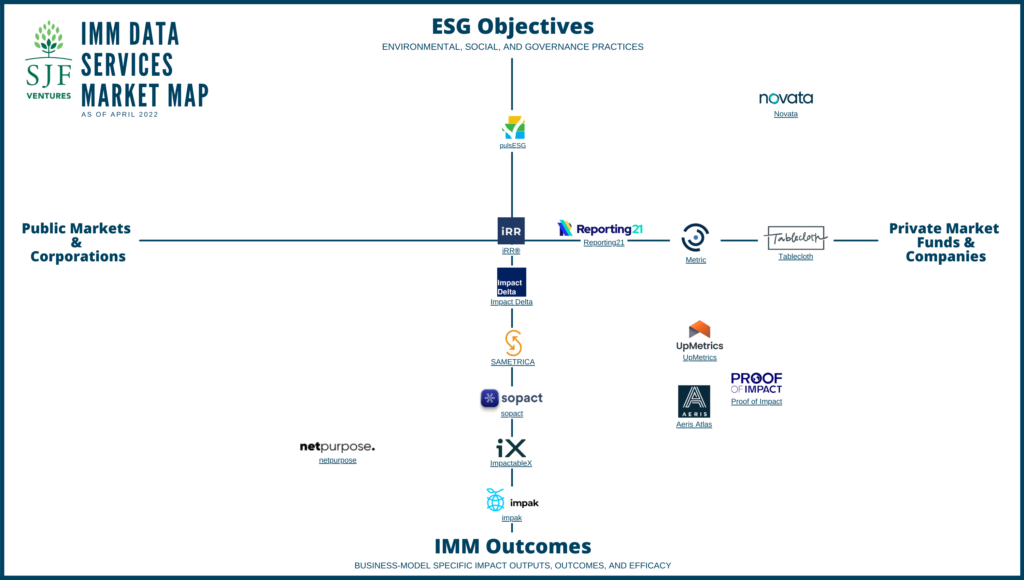


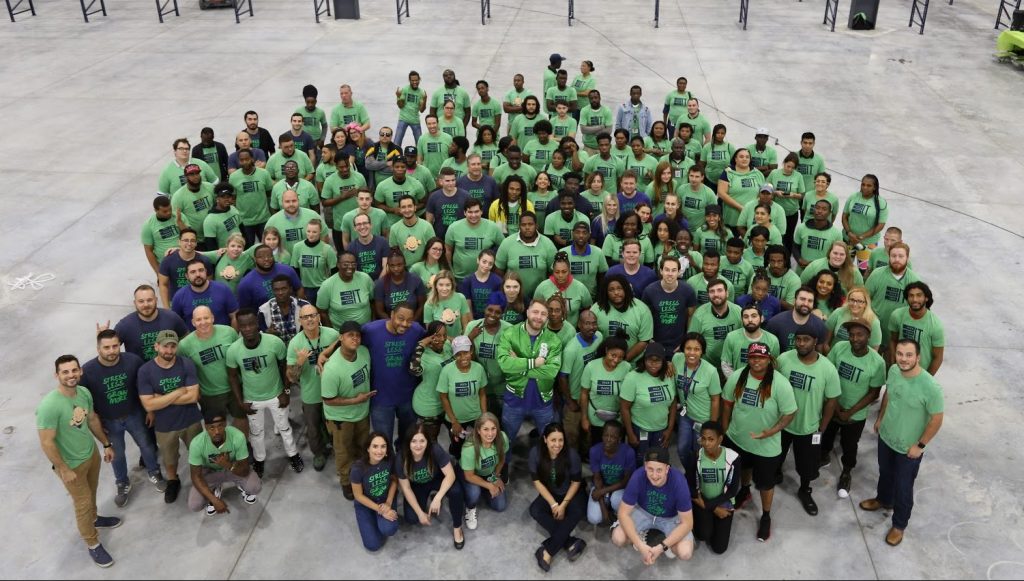

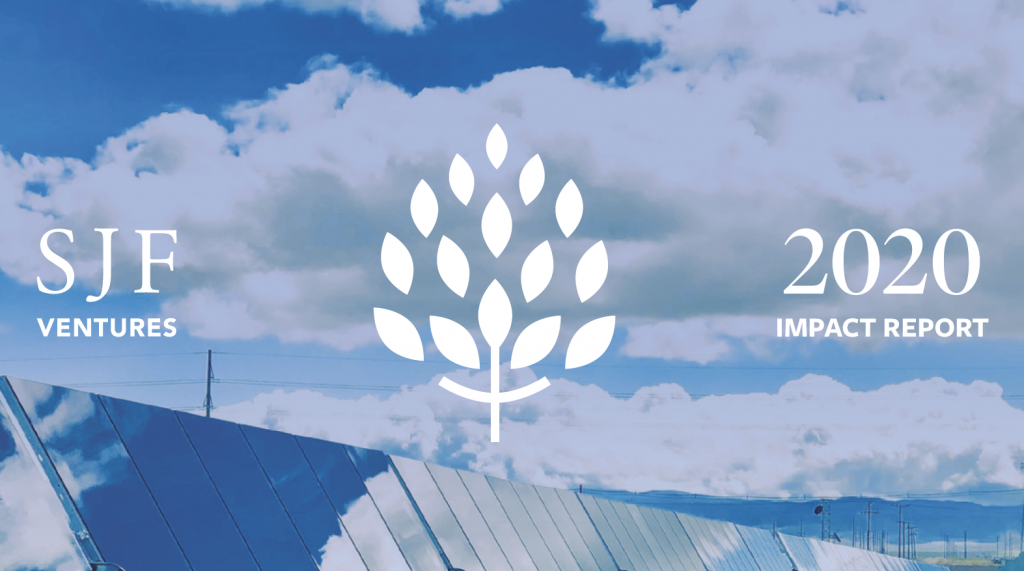


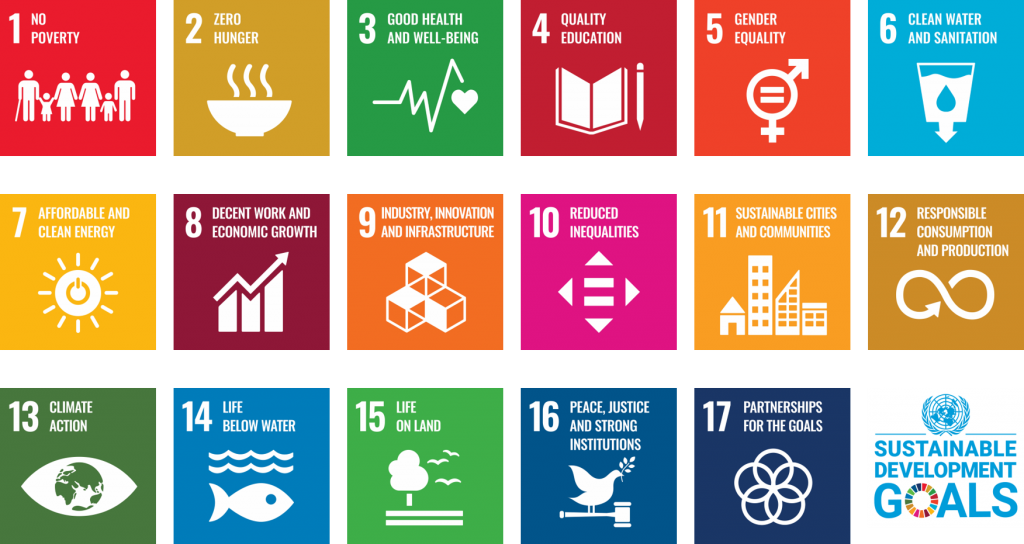


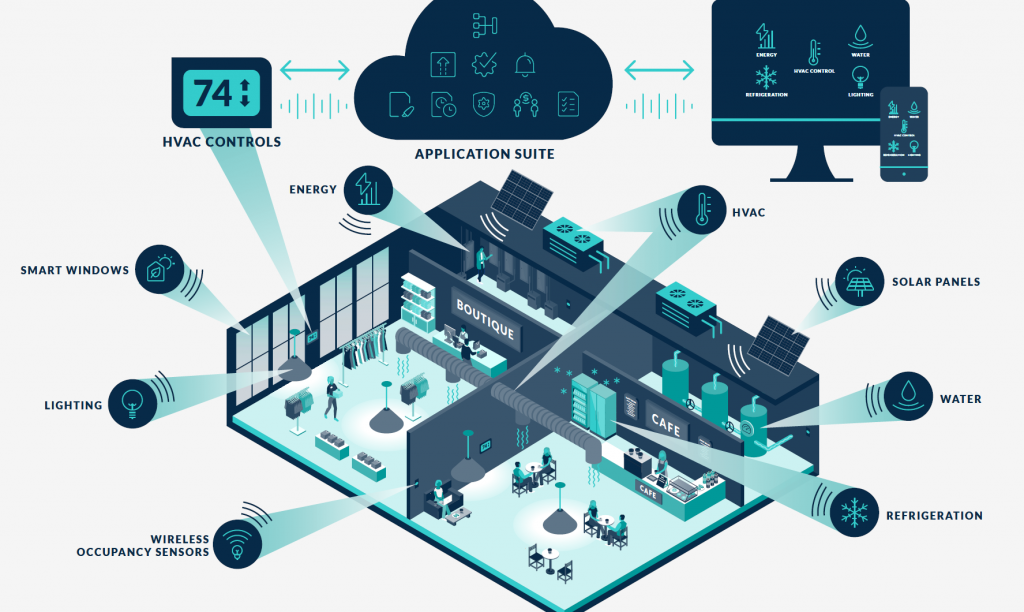



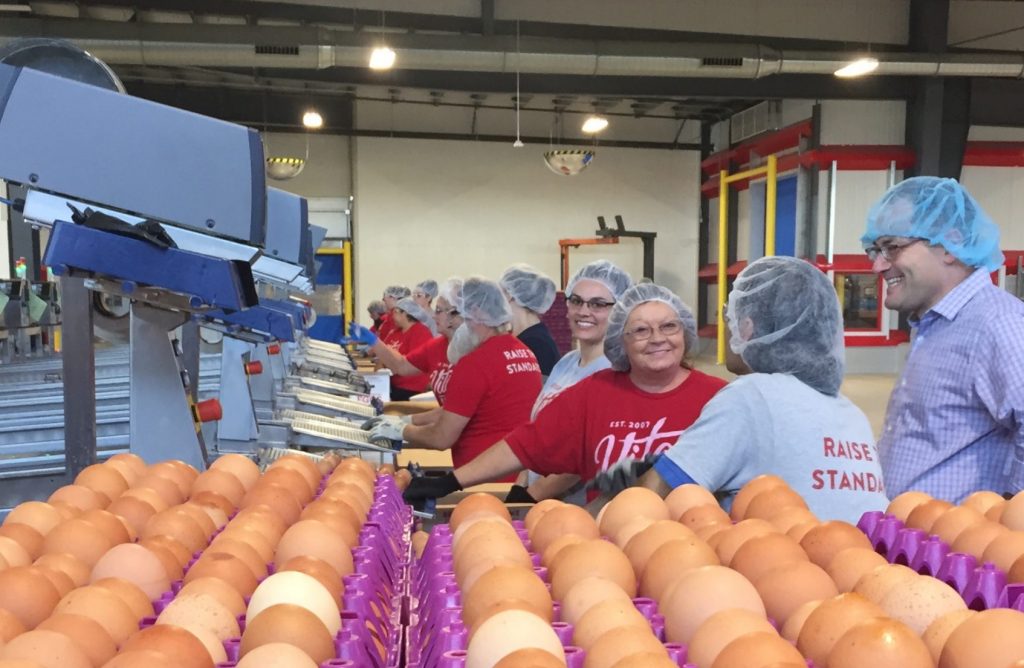

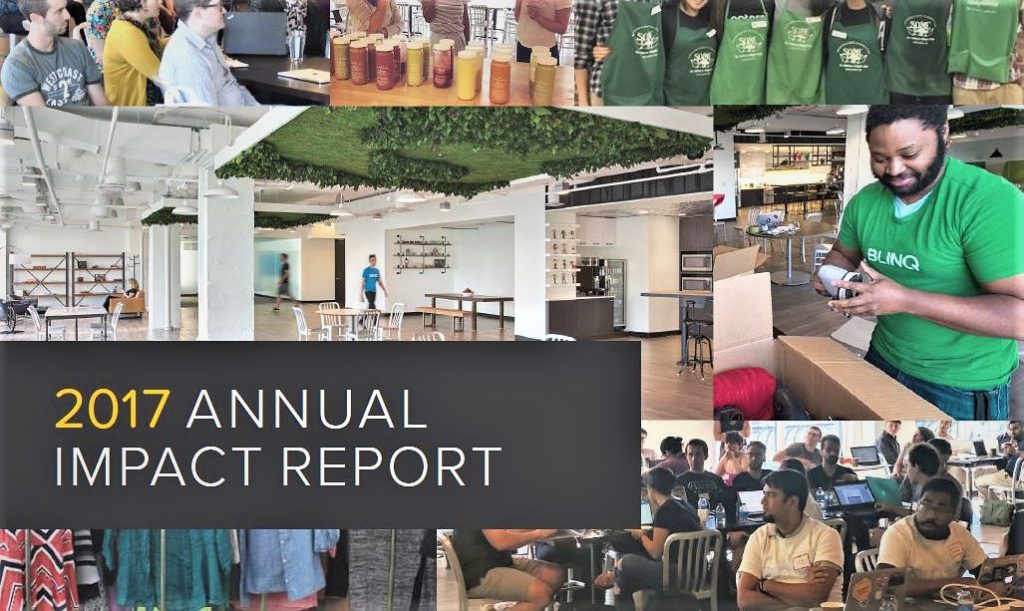


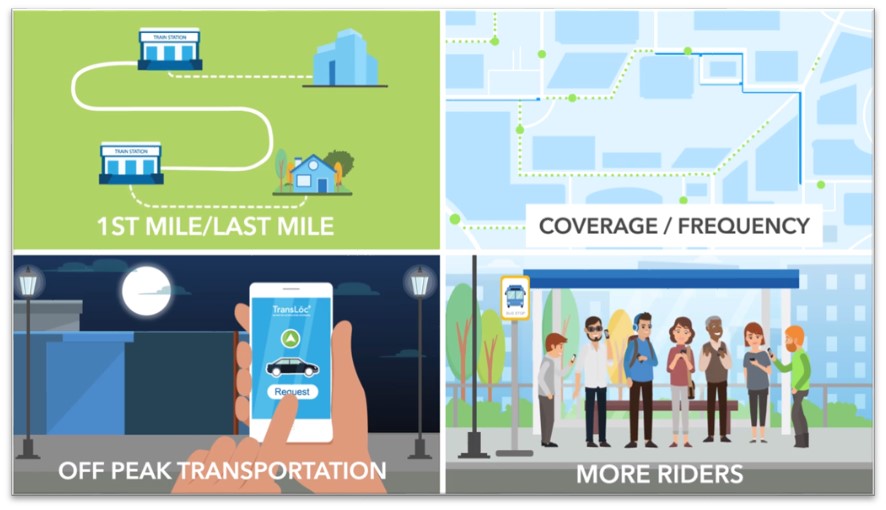

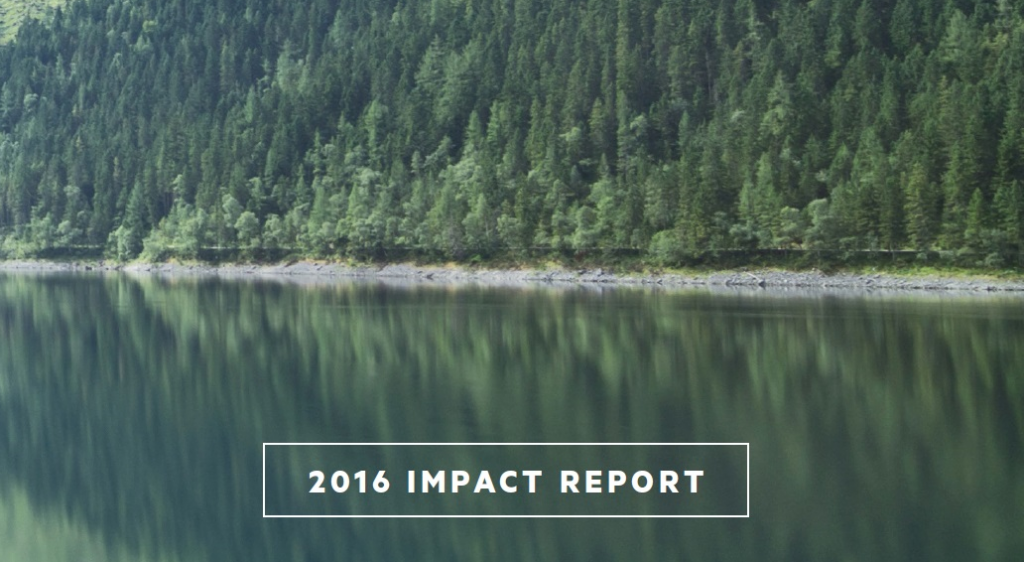

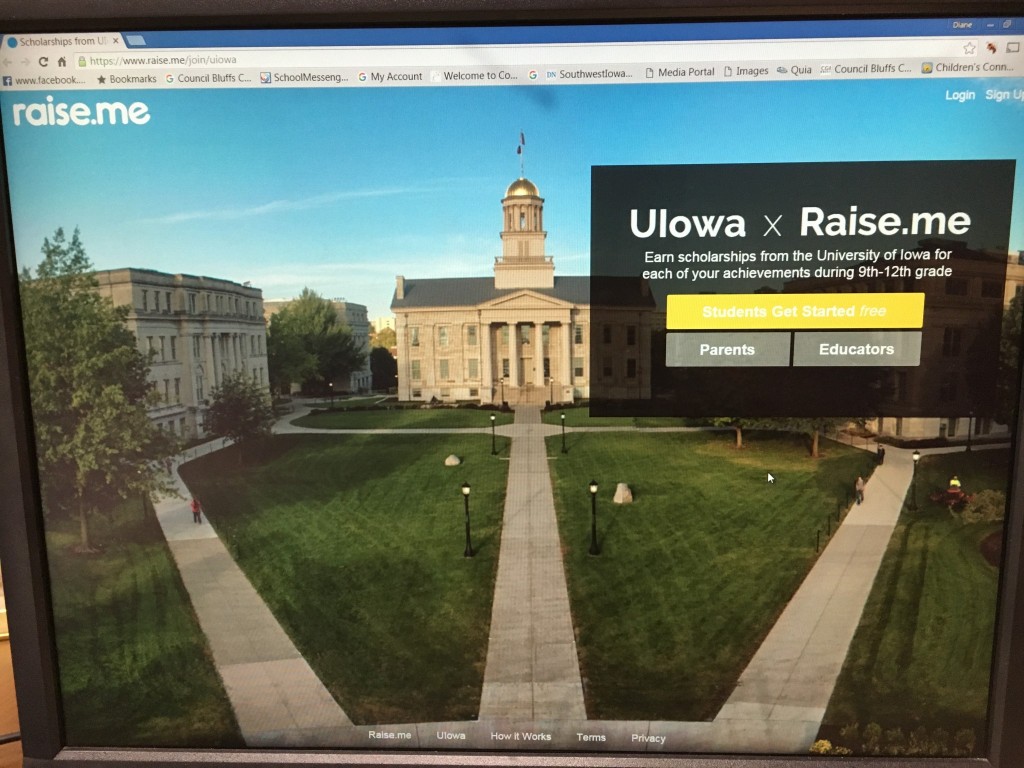


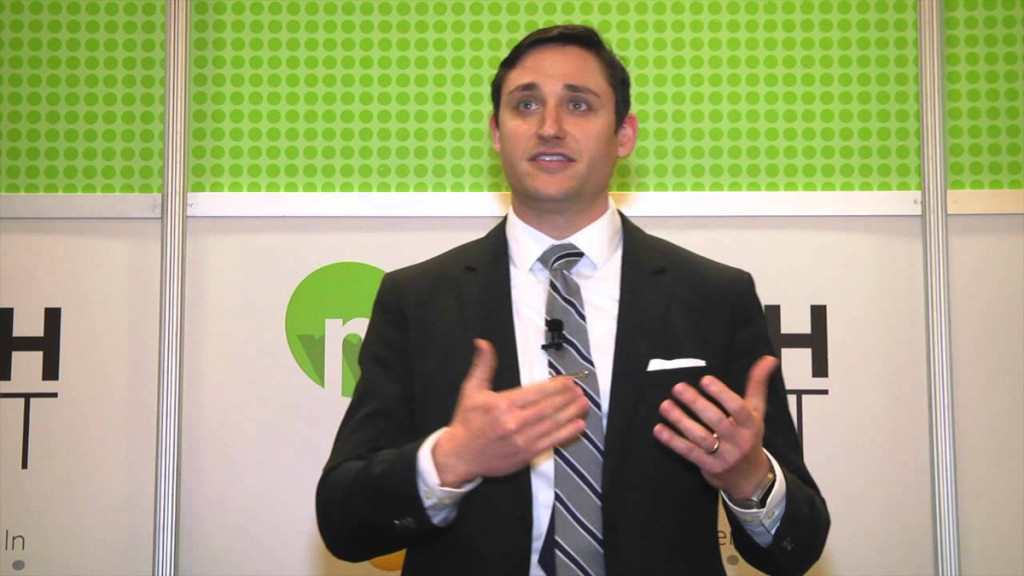
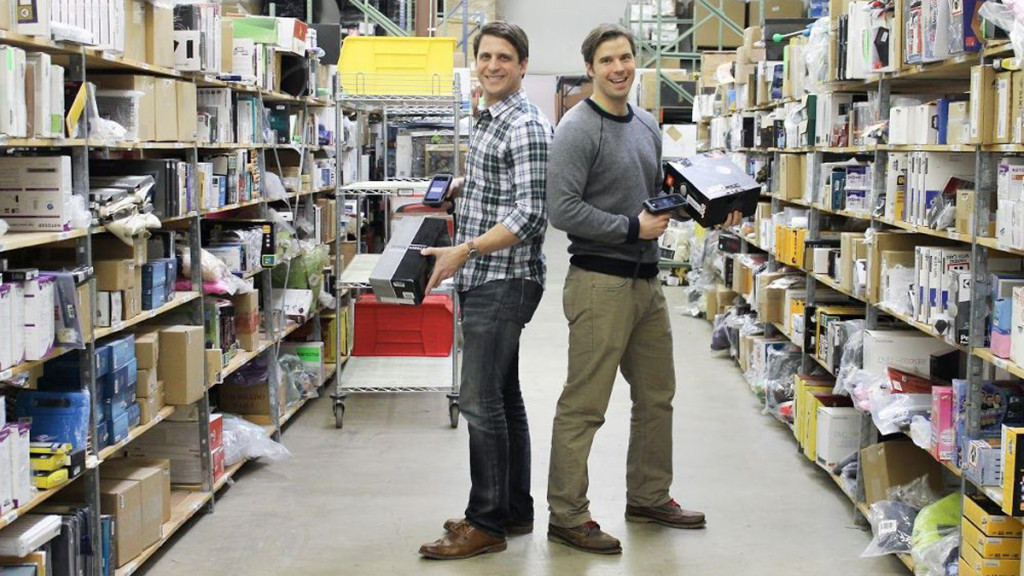
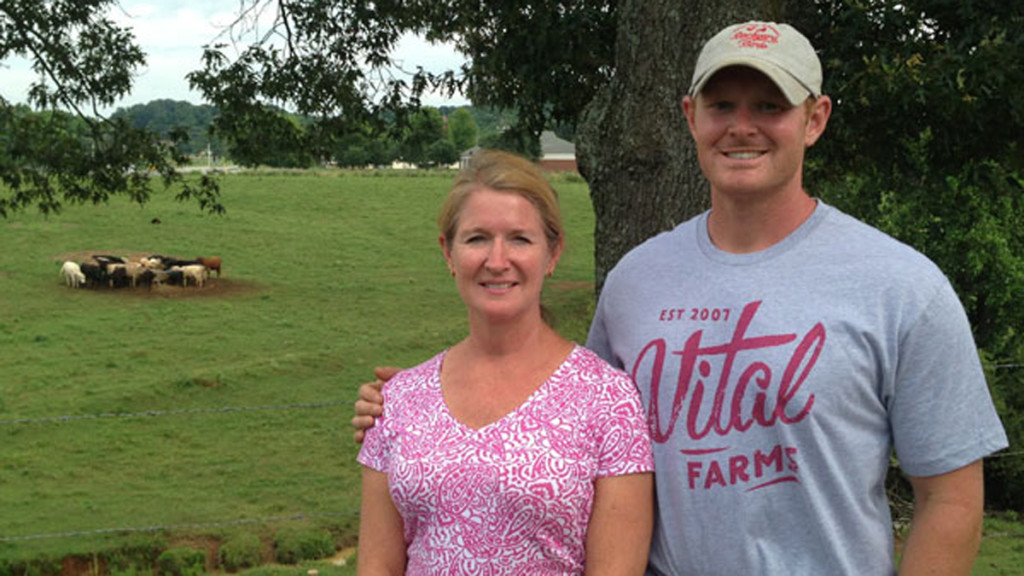
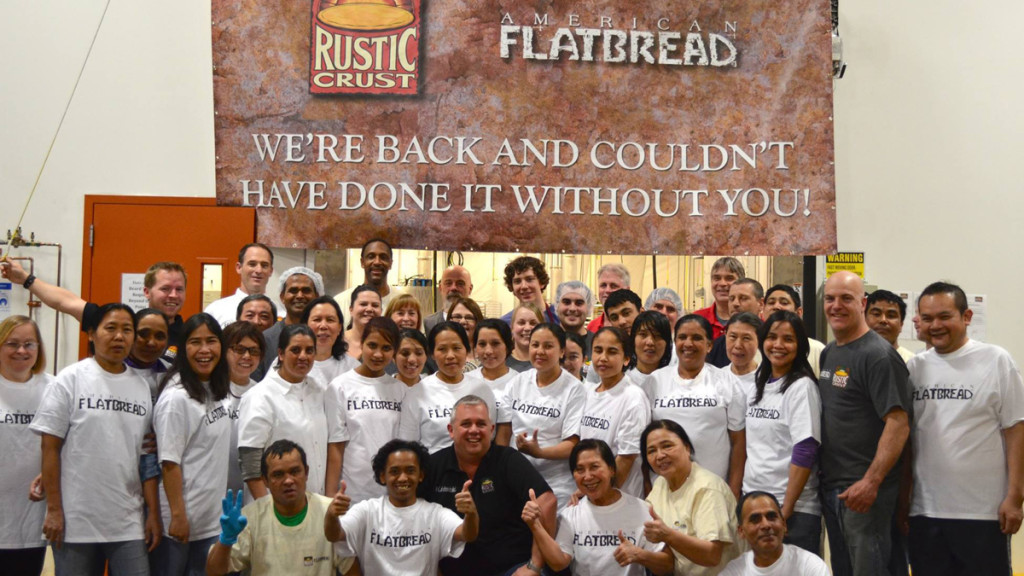
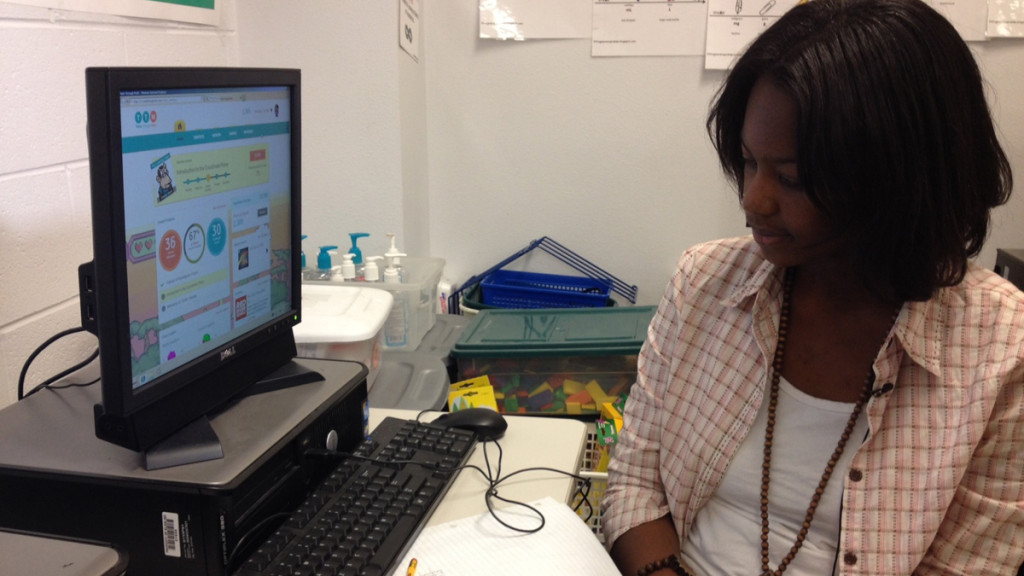
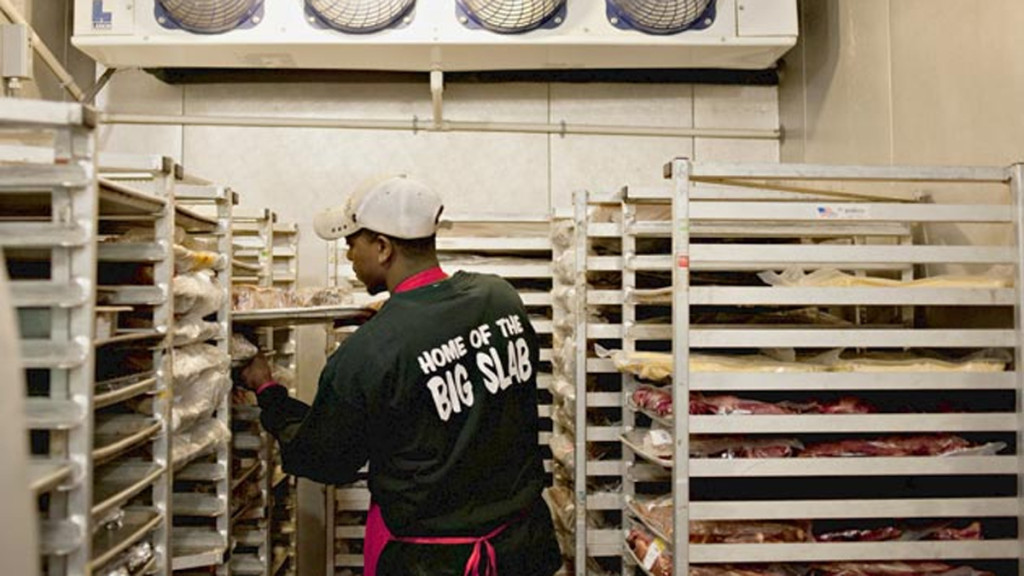


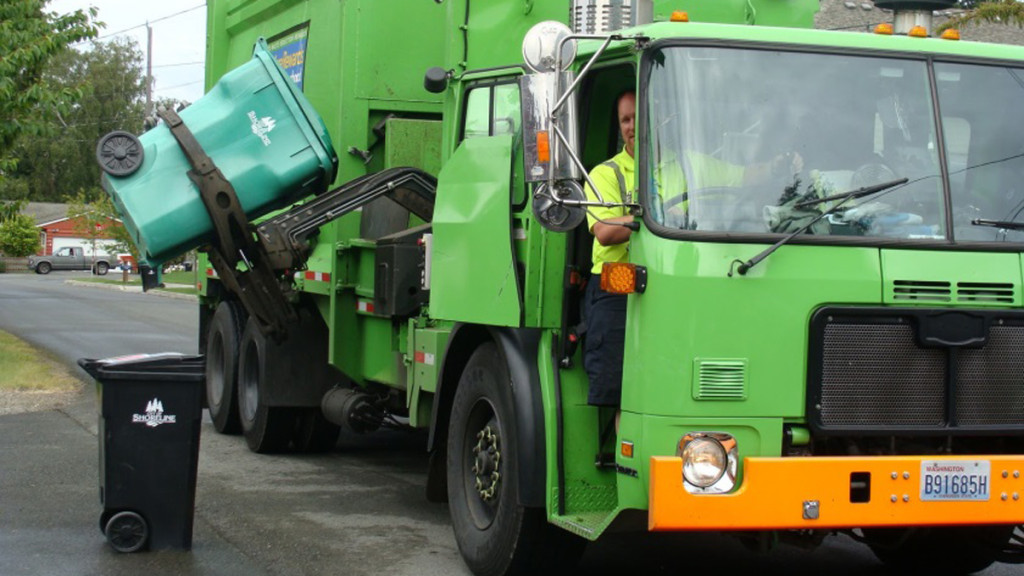
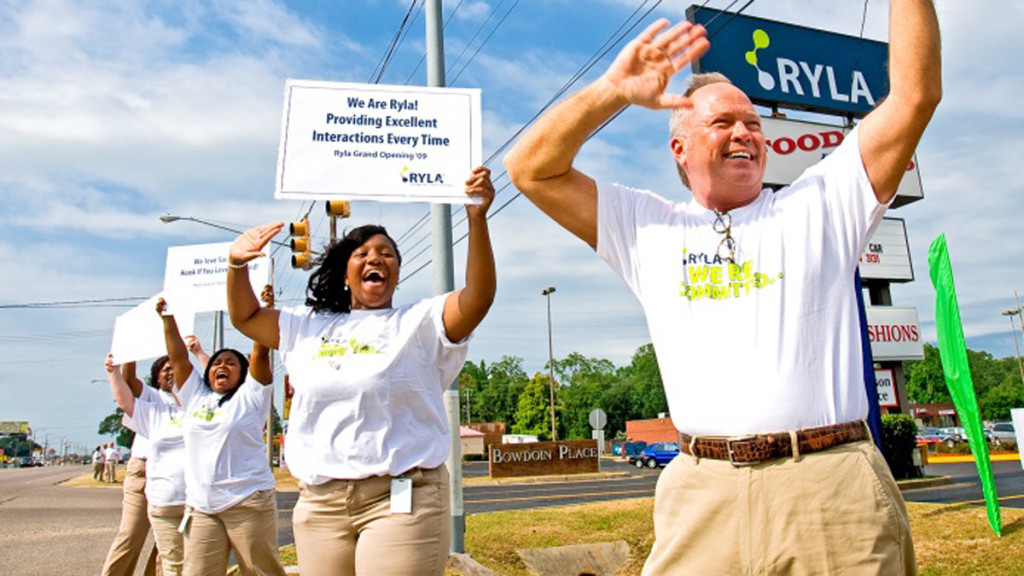



 © Copyright 2024 SJF Ventures
© Copyright 2024 SJF Ventures